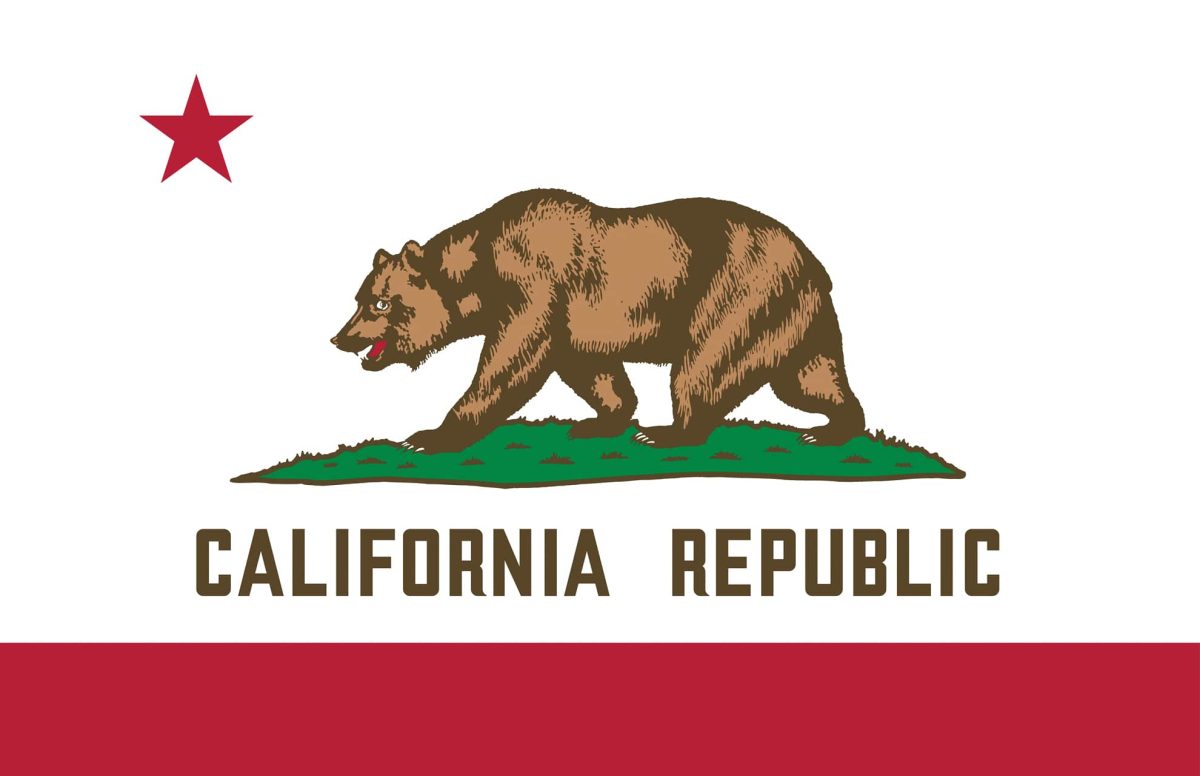The Civil War remains one of the most significant events in U.S. history. It was a turning point that shaped the nation’s future, ultimately leading to the end of slavery and setting the stage for a more unified country. Abraham Lincoln, one of the most influential figures in American history, played a central role in this struggle.
As Shelby Foote notes, “The Civil War was not about slavery, but it was about what slavery did to the country. The South, economically and socially, had reached the point where it had to have slavery to survive. The North had reached the point where it couldn’t have slavery anymore.”
Before the Civil War, the Southern states were largely agricultural, and slavery was integral to the economy, particularly in the cultivation of cotton, tobacco, and other crops. The Democratic Party in the South supported the institution of slavery and argued for its preservation and expansion into new territories in the West.
The Democratic Party was a national party with both Northern and Southern factions. However, by the 1850s, the issue of slavery caused a significant split. In the South, Democrats were staunch defenders of slavery, while many Northern Democrats were less unified on the issue. This division became one of the key factors leading to the Civil War. According to historical sources,
“At the Democratic National Convention in 1860, the party was deeply divided over the issue of slavery, which led to a split between Northern and Southern factions. The Southern Democrats nominated John C. Breckinridge, who was a strong supporter of slavery. At the same time, Northern Democrats, led by Stephen A. Douglas, favored popular sovereignty (allowing territories to decide for themselves whether to permit slavery).
The caning of Charles Sumner in the U.S. Senate in 1856 is one of the most infamous and violent incidents in the history of the U.S. Congress. It occurred when Preston Brooks, a Democrat congressman from South Carolina, physically attacked Charles Sumner, a Republican U.S. senator from Massachusetts, with a cane.
Charles Sumner was an outspoken abolitionist and a leader of the Free Soil movement, which opposed the expansion of slavery into new territories and states. In his speeches, Sumner often used forceful language against slavery and its supporters. In May 1856, Sumner gave a speech titled “The Crime Against Kansas,” in which he fiercely condemned the pro-slavery forces that were moving into Kansas, a territory that was being settled by both pro- and anti-slavery factions. He particularly targeted Andrew P. Butler, a senator from South Carolina, who was a staunch defender of slavery. Sumner mocked Butler’s defense of slavery and also made personal attacks on him, referring to Butler as a “man of a slave-driving character.” He mocked Butler’s physical appearance. Butler’s cousin, Preston Brooks, was a member of the U.S. House of Representatives from South Carolina. He was a fierce defender of slavery and took great offense at Sumner’s speech. Brooks believed that Sumner’s remarks were a personal insult to his relative and to the honor of the South in general. On May 22, 1856, just a few days after Sumner’s speech, Preston Brooks entered the Senate Chamber. Sumner was sitting at his desk, writing, when Brooks approached him. Brooks then began beating Sumner with a cane, striking him repeatedly on the head and shoulders. Sumner tried to protect himself, but the attack was brutal and left him unconscious at his desk. The assault was so severe that it took Sumner several years to recover. He was forced to leave the Senate to seek medical treatment for his injuries. Brooks was arrested for the attack, but he was not convicted of any serious crime. In fact, many Southern sympathizers celebrated the caning as an act of defending Southern honor. Brooks even received gifts, including several new canes, from admirers who saw him as a hero for standing up to an abolitionist who they believed had insulted the South. Brooks resigned his seat in the House of Representatives shortly after the incident, but he was re-elected in a special election by his constituents, who applauded his actions.
Sumner’s recovery from the physical wounds took a long time, and he was not able to return to the Senate until 1859. During his absence, the incident further polarized the nation. Sumner became a symbol of Northern resistance to slavery, and the attack was seen as emblematic of the growing violence and tensions over the issue of slavery in America. The caning of Sumner highlighted the deepening divisions in the United States over the issue of slavery. It was a physical manifestation of the intense sectional conflict that had been building for decades between the North and South. While the violence was shocking, it was also part of a broader pattern of violent events surrounding the slavery issue, including events like Bleeding Kansas, where pro-slavery and anti-slavery forces clashed violently in Kansas Territory. The attack also symbolized the breakdown of civil discourse and the increasing militarization of political rhetoric. The political conflict was no longer limited to debate and speech but had spilled over into physical violence. The caning and the subsequent reactions underscored the rising tensions between the North and South. It became a rallying point for both abolitionists in the North and pro-slavery advocates in the South. The incident helped fuel the growing animosity between the two regions, leading to more radical positions on both sides, and it was one of many events that contributed to the outbreak of the Civil War just a few years later.
The Civil War began in 1861 when Confederate forces attacked the federal garrison at Fort Sumter in Charleston, South Carolina. The Confederacy, formed by 11 Southern states that seceded from the Union, sought to maintain slavery and preserve their way of life. The Union, led by President Abraham Lincoln, opposed the expansion of slavery into new territories and aimed to preserve the nation as a single, unified country. The Confederacy’s attack on Fort Sumter marked the start of the Civil War. Although the initial battle was brief, the conflict would last nearly four more years, with devastating consequences for both sides. The war resulted in hundreds of thousands of deaths, massive destruction, and profound changes in American society.”
Foote describes the war as “a war between the South and the North, yes. But also a war between the past and the future. Between an old order that depended on slavery and a new one where that could not exist.”
The war finally ended on April 9, 1865, when General Robert E. Lee, commander of the Confederate Army, surrendered to General Ulysses S. Grant at Appomattox Court House in Virginia. The Union’s victory ensured the abolition of slavery and the preservation of the United States as one nation. Sadly, just days after the end of the war, President Lincoln was assassinated by John Wilkes Booth, a Confederate sympathizer, on April 15, 1865. Lincoln’s death marked a tragic end to the war’s conclusion. Booth was later captured and killed by Union soldiers.
Reflecting on Lincoln’s assassination, Shelby Foote writes, “The war is over, but Lincoln’s death… will only add to the weight of what has happened. His death is a kind of final punctuation to the story, a tragedy that leaves us wondering what might have been.”
The Civil War is one of the defining moments in American history. It ended the institution of slavery and began the long and painful process of rebuilding the nation. The war’s legacy is still felt today, as it set the stage for the civil rights struggles that would follow in the 20th century.
Foote famously observed, “The Civil War is the great American story. It is the story of the soul of the nation.”
For those interested in exploring the Civil War further, two highly acclaimed resources are:
- Manhunt: The 12-Day Chase for Lincoln’s Killer by James L. Swanson
- The Civil War: A Narrative by Shelby Foote






























